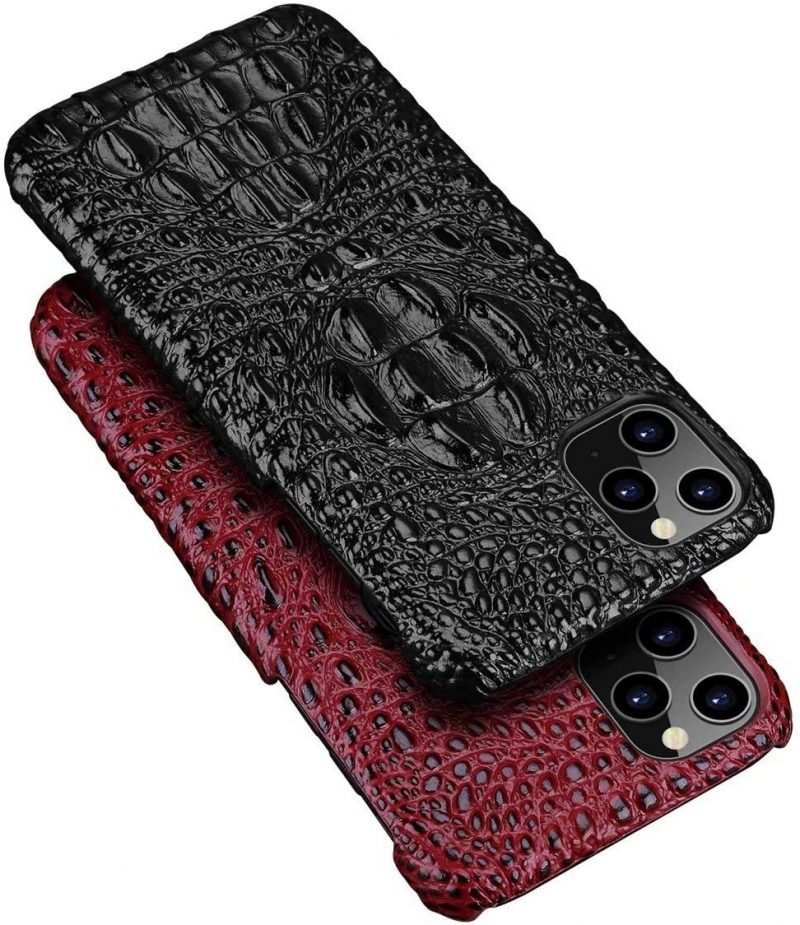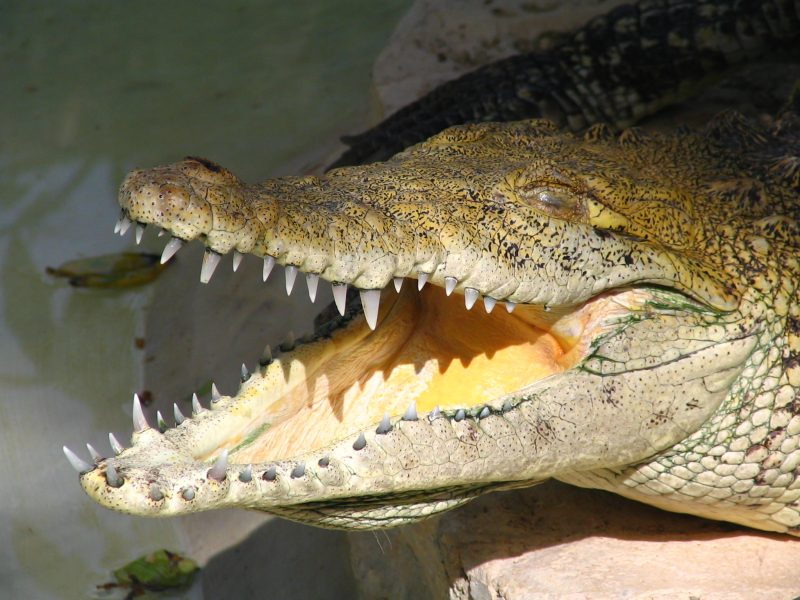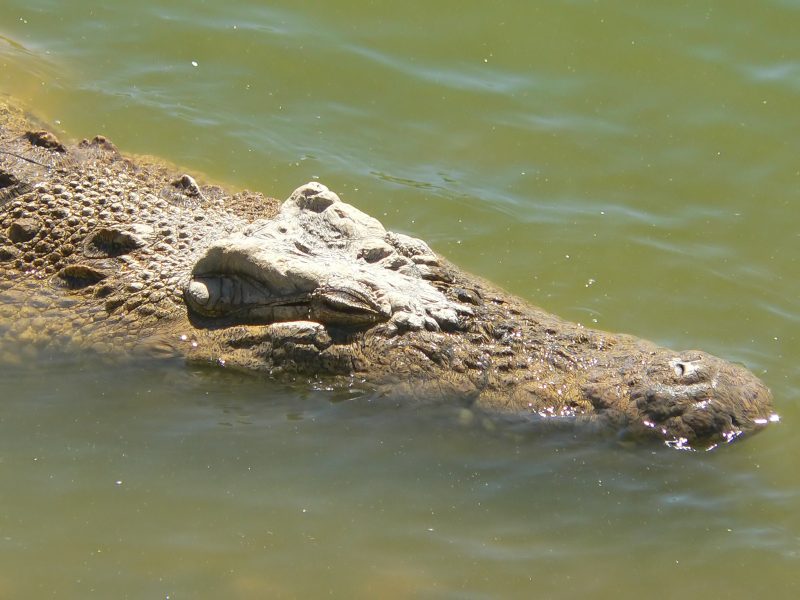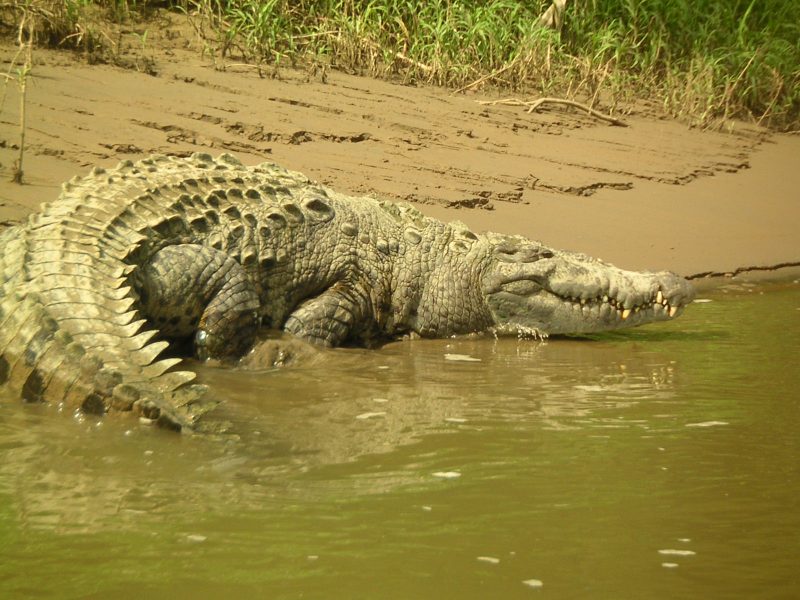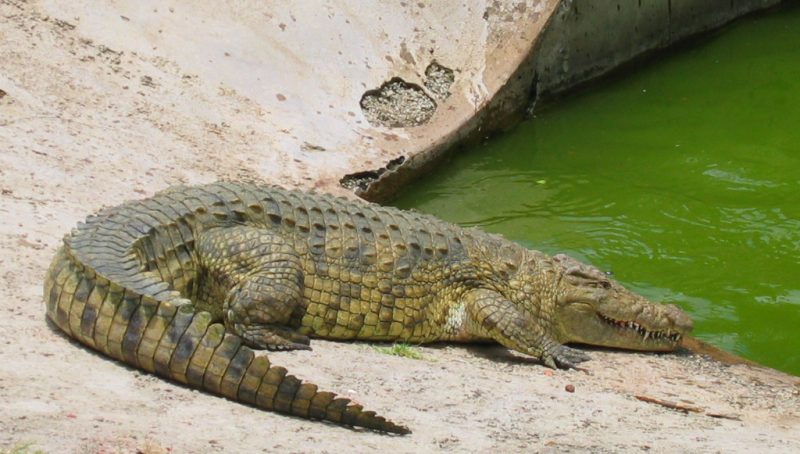Africa Beckons All Crocodile Leather Lovers
Crocodile leather
In most African nations, the conversion of crocodile skins into leather is allowed for the production of leather products. Since the back of the skin is heavily scaled, horny, and coarse, only the skin on their bellies with patterns is used to make the leather.
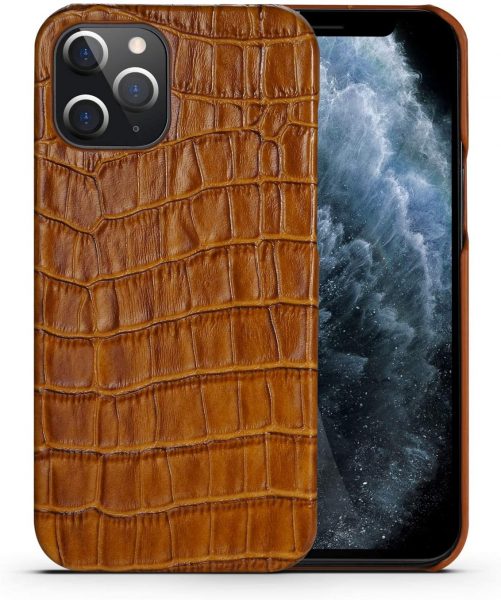 Rarity
Rarity
Crocodile leather is exotic. It makes up about 1% of the global leather production. It is mainly used in the production of luxury items such as shoes, wallets, furniture, belts, and upholstery. The skin of Nile crocodile found in Kenya is durable and thus desirable for heavy-duty items. Crocodile leather is rarer than other hides such as cows or sheep and requires high levels of craftsmanship for use in the consumer market. It is rare not only because of the limited number of crocodiles but also because of the scarcity of tanning facilities to prepare and process the product for the market.
Tanning process
The tanning process of crocodile skin involves the stabilization of the collagen matrix that retains a separated fiber structure that increases the hydrothermal stability. Then the pelt becomes leather, which is resistant to rotting or putrefaction. People use inorganic or organic-based materials that crosslink with the collagen’s reactive groups in the tanning process. Chrome tanning is the most popular tanning system because of the super qualities of leather-like chrome-tanned high hydrothermal stability. It also possess good dyeing softness, and features. Manufacturers tan most of the leather with chromium due to easy processing, the excellent properties of leather, and the broad achievability.
References
Gemechu Chala, Tewodros Birhanu Aychiluhim and Karthikeyan, M.R. 2020. “A Systematic Study on Nile Crocodile (CrocodylusNiloticus) Skins for the Preparation of Leather Products.”, International Journal of Development Research, 10, (08), 39605-39614.

